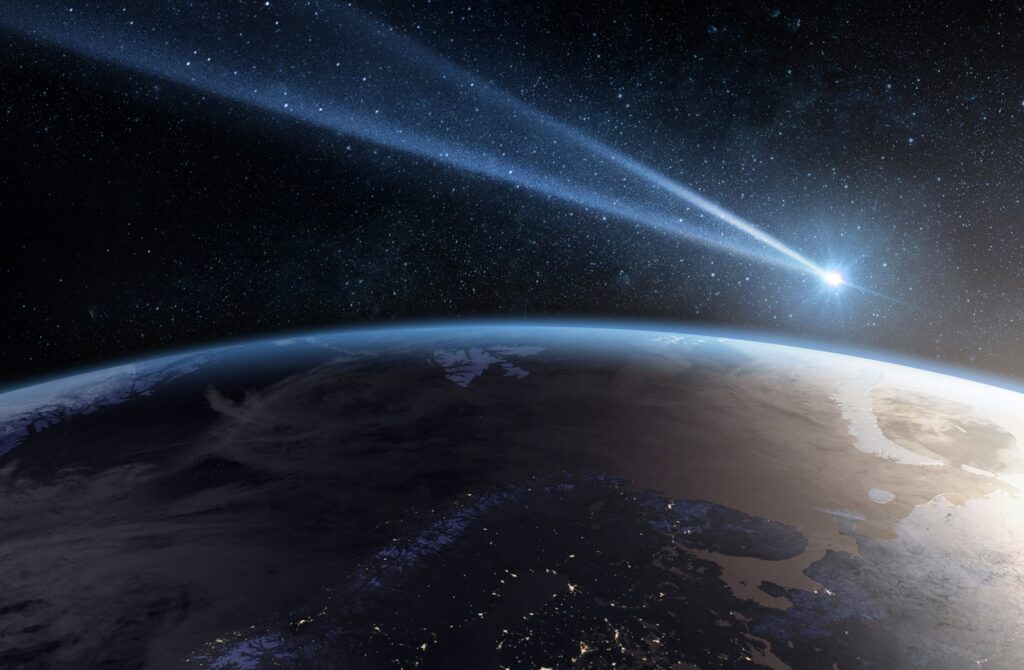A recently spotted asteroid, designated 2024 YR4, has a slight possibility of colliding with Earth in December 2032, according to space agency officials. While the chance of impact is just over 1%, scientists emphasize that there is no immediate reason for concern.
“We are not worried at all, because there’s a 99 per cent chance it will miss,” said Paul Chodas, director of NASA’s Centre for Near-Earth Object Studies. However, he added that the asteroid “deserves attention” due to its proximity and size.
Asteroid 2024 YR4: What We Know So Far
The asteroid was first detected last month using a telescope in Chile. It is estimated to be between 130 and 330 feet (40 to 100 meters) in diameter and is currently moving away from Earth.
On December 25, 2023, the asteroid made its closest approach, passing 800,000 kilometers away—roughly twice the distance of the moon. Scientists discovered it two days later and have since been analyzing its orbit.
Although 2024 YR4 is currently out of range for observation, it is expected to become visible again in 2028. Until then, experts from NASA and the European Space Agency (ESA) will continue tracking its trajectory to refine predictions.
Assessing the Risk: What’s Next?
Scientists are now reviewing archival sky surveys from 2016, when the asteroid also passed near Earth. If they find earlier images of 2024 YR4, they could better determine its future path and assess whether the risk of impact drops to zero.
“If we don’t find that detection, the impact probability will just move slowly as we add more observations,” said Chodas.
ESA experts note that asteroids of this size typically strike Earth only once every few thousand years, but if one did, it could cause significant damage. Because of its potential risk, 2024 YR4 now ranks at the top of ESA’s asteroid risk list.
If an impact were to occur, it would be on December 22, 2032, though it is too soon to determine a potential impact location.
No Other Major Impact Threats Identified
Despite the uncertainty surrounding 2024 YR4, NASA reassures that no other known large asteroids currently pose an impact threat above 1 per cent probability.
For now, astronomers will continue monitoring the asteroid and refining their calculations, ensuring that any risk to Earth is fully understood well in advance.


